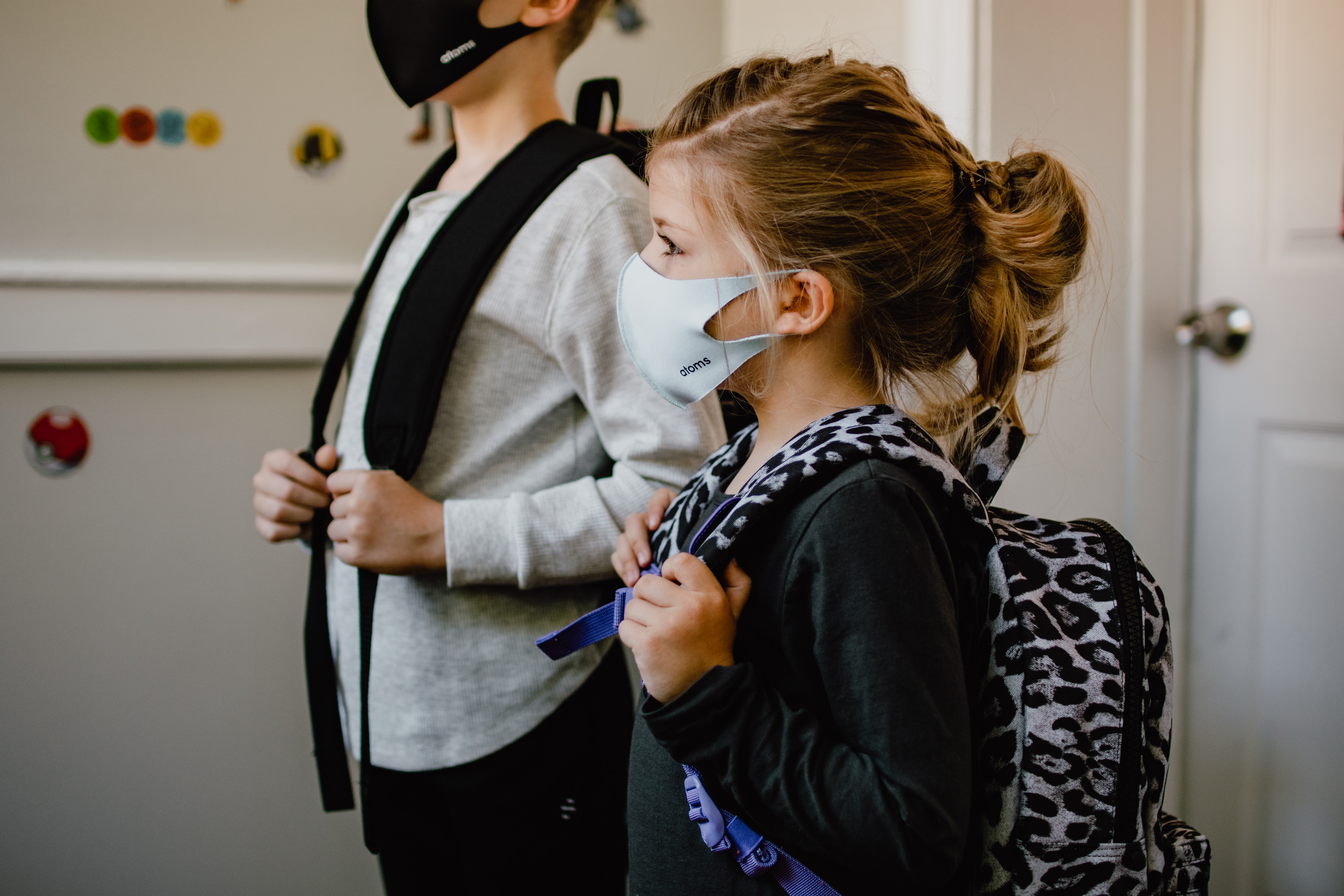Four Ways to Manage COVID-19 Risk in Classrooms

As schools across the country returned to campus-based learning, the number of COVID-19 cases among students started to rise as well. From 2% in April, the total rose to 10% in September, according to a coronavirus news update by The Associated Press.
More teens were affected than smaller kids, with most cases considered mild, and hospitalizations and death rates much lower than in adults. However, the sudden rise in numbers among children is still a very serious concern, calling for an urgent need to improve risk management in campuses.
A good risk management plan against COVID-19 can not only protect people from the virus and make them feel safe, but it will also limit possibilities of lawsuits, safeguard the school’s reputation, and reduce revenue loss.
Teachers and parents are expected to be aware and cooperative in laying out and executing such a plan, in order to effectively control the spread of the virus in schools.
Physical Distancing: Challenges and Solutions
It’s crucial to set strict ground rules for physical distancing in all areas of the campus, especially as many of these are regulations everyone’s expected to practice outside, too. The basic rule of maintaining a minimum 3-foot distance may sound simple, but most of the time, it can still be difficult to adjust to as we’re naturally social beings.
Children are used to hugging or high-fiving each other. But for now, it’s necessary to refrain from this and make the little ones understand why. Thinking of creative ways to replace these habits would make it easier for them to adjust.
For instance, using cardboard high-fives was a good solution by Michelle Clark, a special education teacher at Flat Rock Elementary School in Powhatan, Virginia. Not only did it replace real high-fives, but it also gave children the opportunity to be creative in making their cardboard hands.
Clark's school also enforced alternating schedules for two groups of children until September, when they were all allowed to hold classes as normal. And so, she printed out photos of the students in each group and stuck them onto their chairs when it wasn't their group's day for class.
This is so the other kids will "know what that person looks like,” she shared. "Once we're able to be together as one big, happy family, it'll be familiar."
For older students and co-teachers, shaking hands is also now off the table. Dr. Dustin York — who normally would be teaching his students the art of professional handshaking as part of his bachelors in communications program at Maryville University — points out that younger people will be more likely to stop shaking hands compared to older folks, but it’s important to push for alternatives anyway.
“People talk about elbow bumps and things like that,” Dr. York told USA Today’s Nathan Bomey in an interview. But one alternative he recommends is placing your right hand over your heart while maintaining eye contact. This practice, common in parts of the Middle East, is great for conveying warmth and friendship while maintaining the necessary distance from another person.
Health and Hygiene Practices
Teachers are expected to lead by example when it comes to health and hygiene practices. Wearing masks and handwashing are the simplest yet most effective ones that everyone must learn to do consistently.
No matter how difficult it is to wear masks for long periods of time, it’s crucial to educate students on the risks and benefits laid out by the Centers for Disease Control and Prevention. Other than verbal recaps during classes, using visual aids and signs would also serve as effective reminders scattered all over the school.
Teachers must also keep reminding students to frequently wash their hands with soap, and for a minimum duration of 20 seconds each time. A fun way to keep up would be to sing the ‘Happy Birthday’ song while scrubbing. Hand sanitizers with at least 70% alcohol are also a quick but good alternative for when sinks aren’t immediately accessible, which is a possibility in some outdoor classes.
Classroom Cleaning and Disinfection
It’s crucial that all school facilities are being cleaned and disinfected every day. Everything that is touched should be sanitized — doorknobs, handrails, faucets, toilets, desks, computer keyboards, lab equipment, telephones, toys, etc. Surfaces that come into contact with bodily fluids, blood, and spills should be disinfected immediately, and with protective gear like gloves, masks, and eye protection.
Read solution labels carefully to avoid unwanted chemical-related mishaps. Understand the dos and don'ts, especially those concerning mixing with other chemicals.
School Preparations for Treatment of Symptoms
The most common COVID-19 symptoms to watch out for are fevers, coughs, and fatigue. Others to consider are difficulty breathing, chest pains, body aches, loss of taste or smell, a sore throat, and a runny nose. Diarrhea, nausea, skin rashes, and confusion are secondary yet important ones as well.
It’s important to dedicate a quarantine area inside the campus that’s thoroughly disinfected every day. Make sure that sick students or teachers are well-isolated and always wearing masks. Trace their whereabouts inside the campus to check the health status of other people they may have been exposed to — this can be effective if quick forms or QR codes are used at all entrances. Monitor the daily health status of those sent home, and be prepared to have some transferred directly from the school to a health facility if the need arises.
Have a proper communication plan so all students, teachers, and parents are well-informed of every detail in the risk management program. Keep in mind that prevention is always better than treatment.











